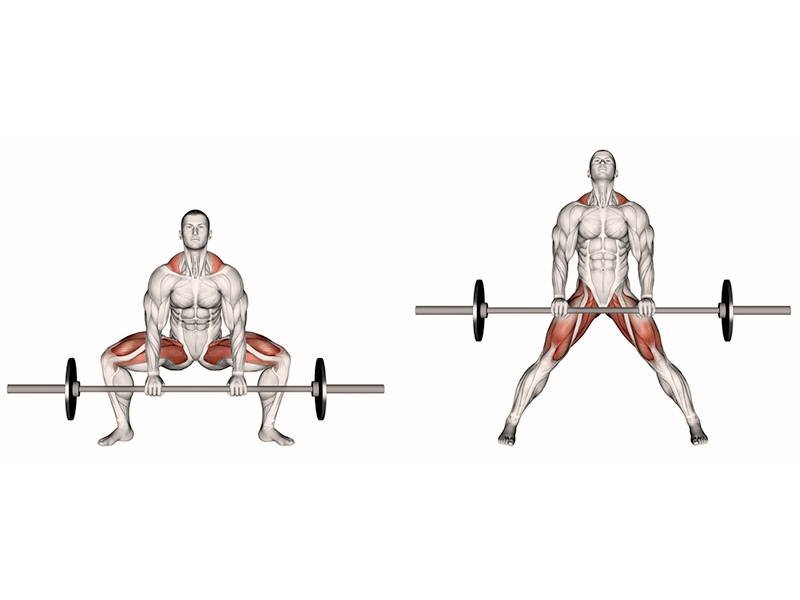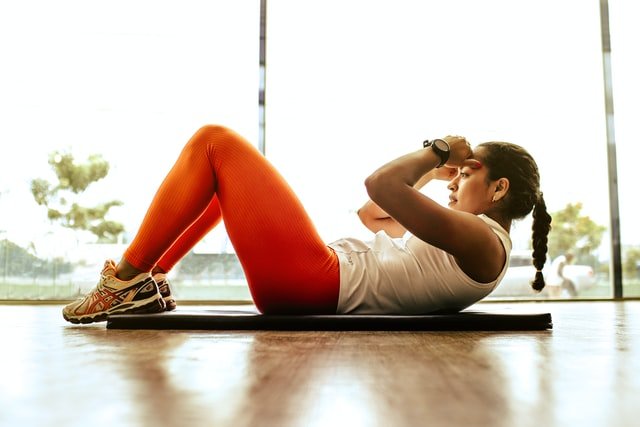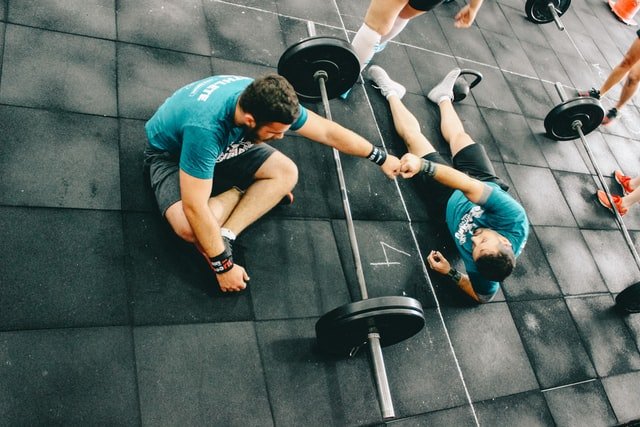A sumo deadlift (also known as a conventional deadlift) is one of the most effective exercises you can do to strengthen your posterior chain, or backside—your glutes, hamstrings, and spinal erectors. This lift involves picking up an object from the floor by extending your hips, knees, and ankles, which involves much more than just your legs; it also works your abdominals and obliques to keep your spine stable as you lift. It’s also remarkably easy to perform incorrectly, which can lead to injuries if you aren’t careful.
What Is the Sumo Deadlift?
The sumo deadlift is a variation of one of weightlifting’s Big Three—the squat, bench press, and deadlift. The lift itself involves picking up a barbell from floor level while spreading your legs apart in a stance known as a sumo stance. And instead of placing your feet beneath you (like you would for a traditional deadlift), you’ll keep them about shoulder-width apart or just outside that width. In addition to being one of weightlifting’s Big Three exercises, it can also be performed with dumbbells. It’s important to note that there are many different types of sumo deadlifts; each has its own set of benefits and drawbacks.
The Benefits of Performing the Sumo Deadlift
The sumo deadlift uses a completely different movement pattern than traditional straight-legged deadlifts. In fact, it’s similar to squats in that you’re pushing your body away from an upright position. You use your hips and legs more in sumo deadlifts versus straight-legged or conventional deadlifts. If you have back problems or injury concerns that prevent you from performing barbell squats, try switching over to sumo deadlifts for lower-body exercises. Because these types of lifts use a range of motion similar to squats but not exactly alike, they place less stress on your lower back while still giving you strength gains.
Why Do I Need To Learn the Sumo Deadlift?
The sumo deadlift is an incredibly useful tool for lifters of all experience levels. It allows you to perform deadlifts with a wider stance and take advantage of greater glute activation than with conventional or stiff-legged deadlifts. It’s also easier on your lower back, especially if you have past or current back issues. In short, it’s one of the most powerful lifts for your entire posterior chain. But how do you do it? Read on!
Sumo vs. Conventional Stance
With all deadlifts, you have a choice of stance. While there’s no right or wrong way to position your feet (and you can certainly do both styles of deadlifting), some people are built for one style over another. As an example, sumo-style lifters tend to be stronger from their midsection outwards, making them more likely to lift more weight than conventional-stance lifters. If that doesn’t make sense…well…it will if you learn how to perform each variation correctly! For example: The difference between sumo and conventional stance is similar in principle to that of a baseball player who bats right-handed versus left-handed.
Body Positioning for The Lift
The sumo deadlift is a great exercise for a number of reasons—it’s very effective at building strength in your glutes, hamstrings, quads, and low back muscles. It’s also one of those exercises that will help you build serious power through your hips as well as increase your overall muscle mass. That said, if you do it incorrectly or use poor form while lifting weights (especially heavier ones), you risk doing some serious damage. So let’s get down to business! The most important thing when performing a sumo deadlift is getting into proper position before starting the lift itself.
Form Breakdown For The Exercise
The sumo deadlift is performed using weights. The sumo deadlift dumbbell primarily targets muscle groups in your thighs and buttocks. Similar to a regular deadlift, you are able to incorporate a variety of different workout routines based on your goals. For example, you can use higher repetitions for increased endurance or lower repetitions with heavier weights for increased strength development. However, there are some key differences between how you perform each variation of a deadlift. When performing a sumo deadlift rather than a conventional one it is important that you have your feet wider than shoulder width apart giving yourself enough room to get down into proper position on the barbell in front of you before taking any weight off.





